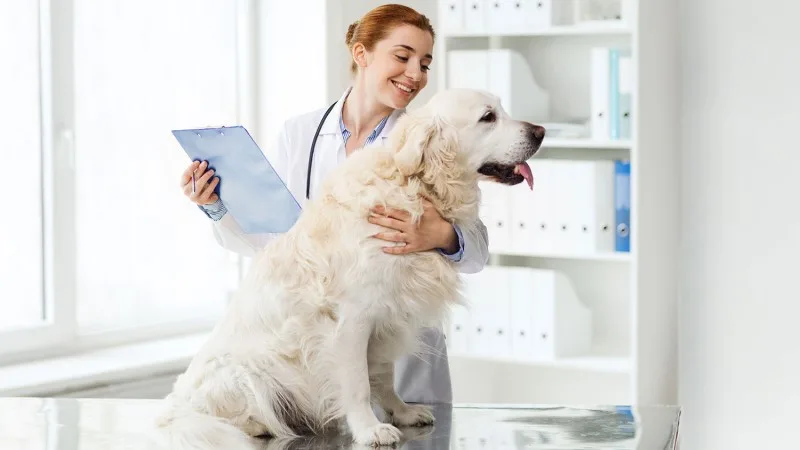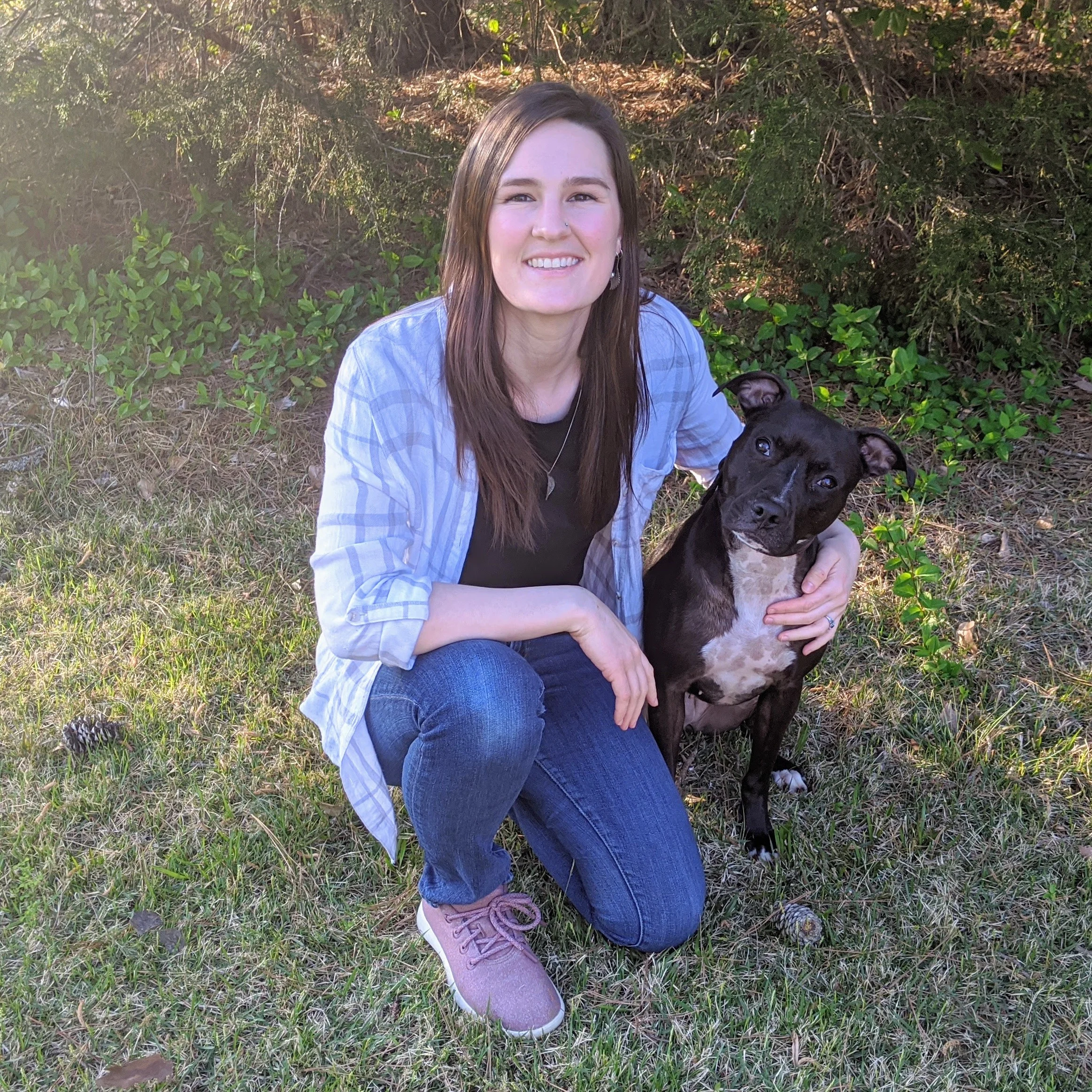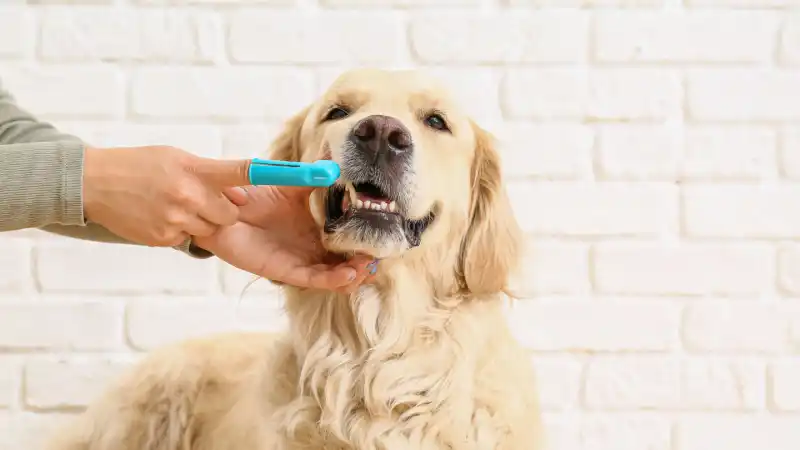Lumps on Dogs: What They Are and When to Get Help
If you feel a fatty lump on your dog, it’s most likely a benign lipoma. But if it’s something else, you’ll want to know right away. Learn about canine lumps here.

Many of us have been there: It's an average day, you reach down to pet your dog, and suddenly you notice a new bump under their fur!
Although it can be alarming to find a new, unexplained lump on your dog, many of them turn out to be benign, fatty tumors known as lipomas, which are extremely common and typically don't require treatment.
What Is a Lipoma?
Lipomas are especially common in older dogs. They are an accumulation of fat cells just beneath the surface of the skin and they tend to occur near the axilla (armpits), inguinal region (crease where the lower belly meets the hind leg), and the body wall.
Dog lipomas usually feel rubbery and soft to the touch and can grow at different rates on different dogs. Some lipomas stay very small for years, while others can continue to grow until they are large enough to require some type of intervention. The treatment to get rid of a lipoma, if necessary, is surgical removal.
Should a Lipoma Be Removed?
Although the word "tumor" can be scary, a lipoma does not need to be removed unless it:
Starts to infiltrate deeper tissues below it, such as muscle, which is very uncommon
Remember that most lipomas are benign. Dogs can develop multiple lipomas in their old age that will never affect their health or quality of life.
Keep an eye out for:
Difficulty standing comfortably
Changes in their gait
Reluctance to climb stairs
Hesitation to go for walks or exercise
How Do I Know If Canine Lumps Are Lipomas?
There is no way to know if lumps on dogs are a lipoma until you consult a veterinarian. They will likely perform a test called a fine needle aspirate, or FNA. This test involves sampling some cells from the bump with a needle and looking at them under a microscope.
If it is a lipoma, your vet will find only fat cells. Although lipomas have a typical look and feel, other types of masses and fatty lumps on dogs share similar characteristics, so consulting your veterinarian is always the best choice.
What Other Types of Masses Resemble Canine Lipomas?
Many soft tissue sarcomas look and feel similar to lipomas, which is why it is so important to have your veterinarian check any new lumps you find on your dog.
Liposarcomas are malignant lipomas that are invasive to deeper tissues in the body.
Mast cell tumors can seem like lipomas until their cells are examined under a microscope.
Hemangiopericytomas (a type of tumor related to blood vessel capillaries) can mimic the rubbery texture of a lipoma under the skin. These tumors even contain fat cells, so a biopsy may be used to diagnose this tumor if your vet thinks it is necessary.
Lymphoma, a highly malignant cancer of the lymph system, can cause rubbery lumps under the skin that can be confused with lipomas.
Pet Insurance Can Help
Although lipomas are benign and very common, there is still the risk that an undiagnosed bump on your dog could be something more serious. Fortunately, signing up for pet insurance can help ease some of the worry that comes from taking your pup in for a checkup. AKC Pet Insurance (underwritten by Independence American Insurance Company) offers customizable plans that can be tailored to your pet's individual needs.

Every Dog and Cat Deserves the Pet Insurance of Champions
Get prize-winning care for your pets.

Cherisse Chaney has experience working in animal care and veterinary medicine with emphasis on Fear Free techniques. She is a Customer Care Agent with AKC Pet Insurance to help owners provide the best possible health and wellness care for their pets. Cherisse lives in Durham, North Carolina with her husband Sean, their dog Lelu Dallas Multipass, and their two cats, Popsicle and Senna.
READ MORE ARTICLES

